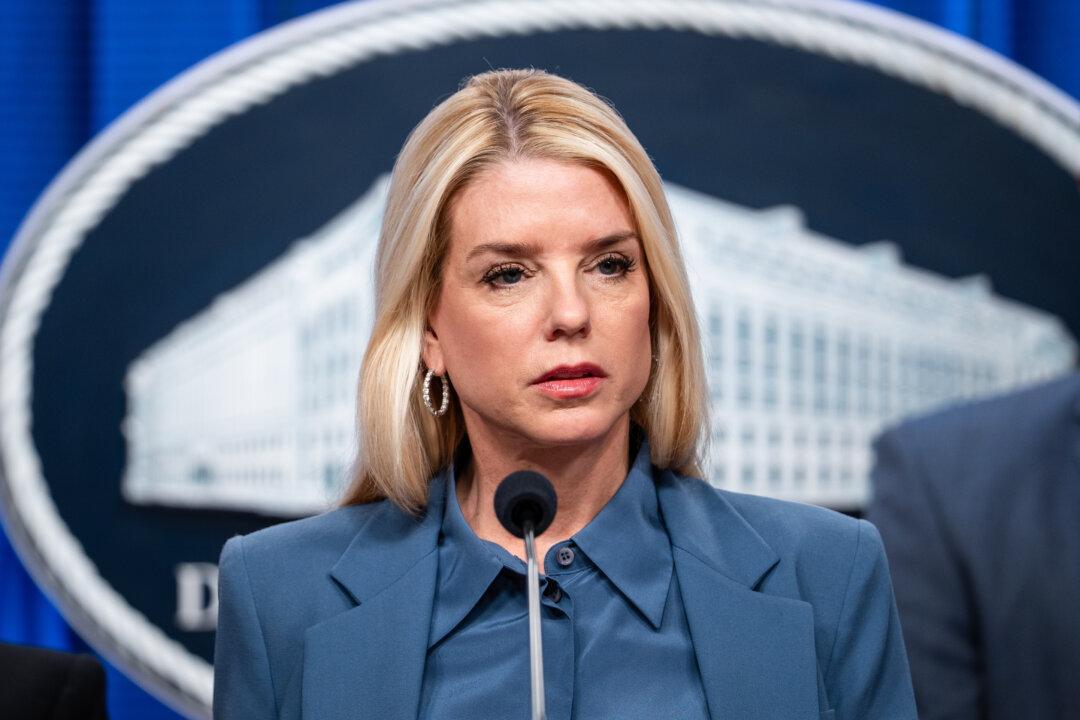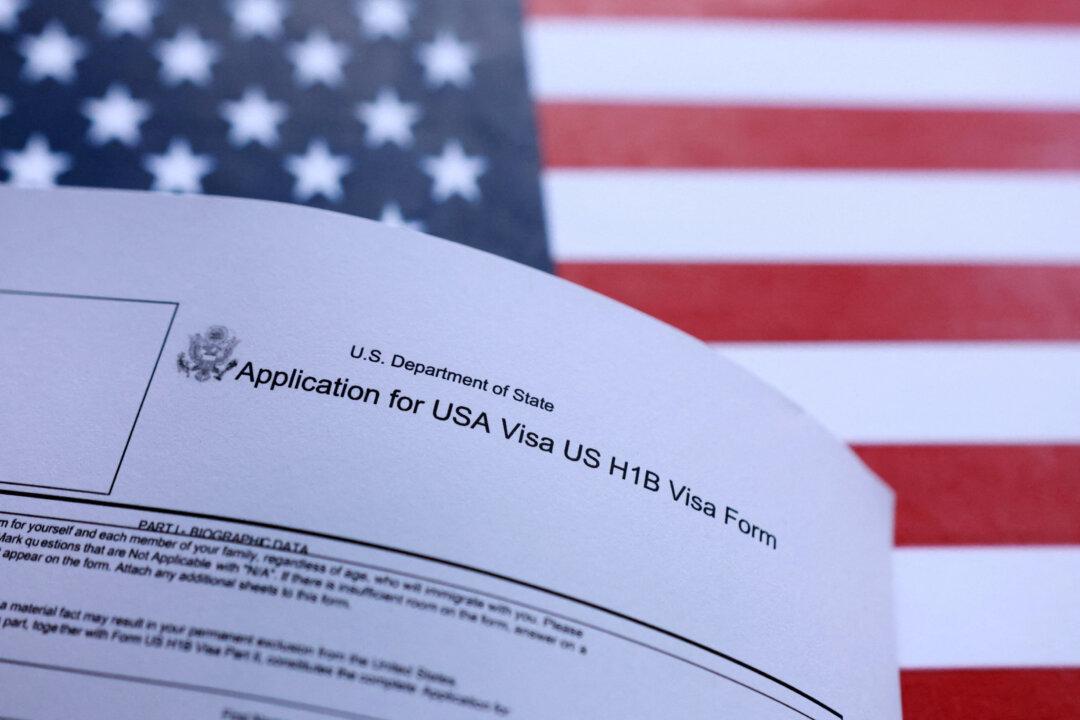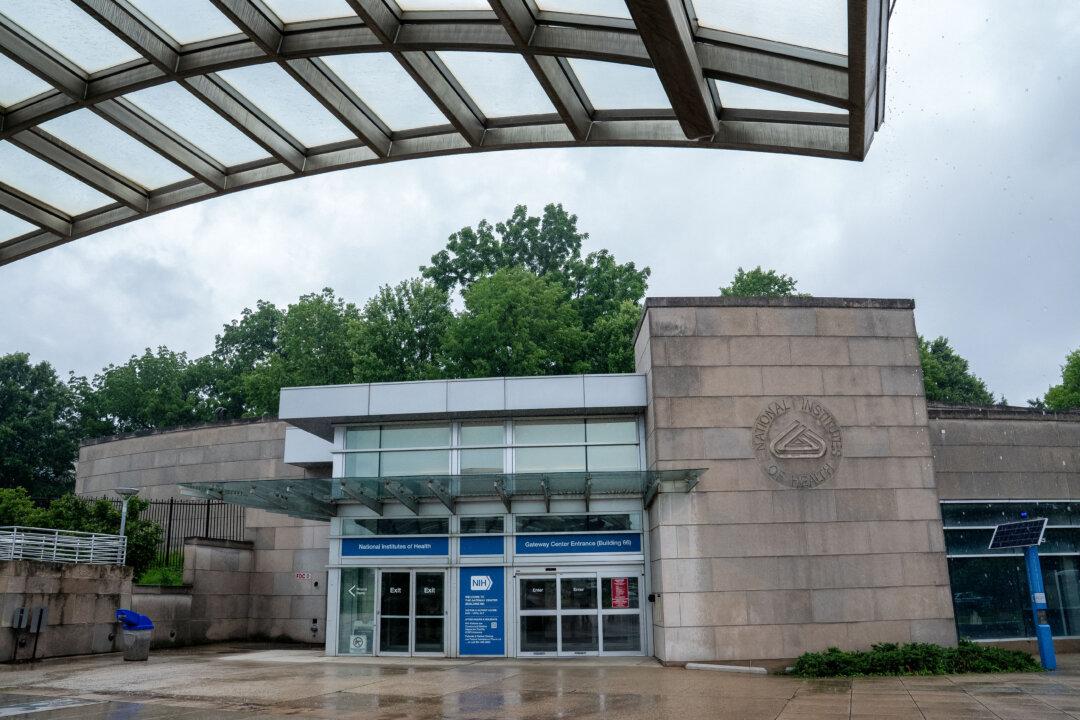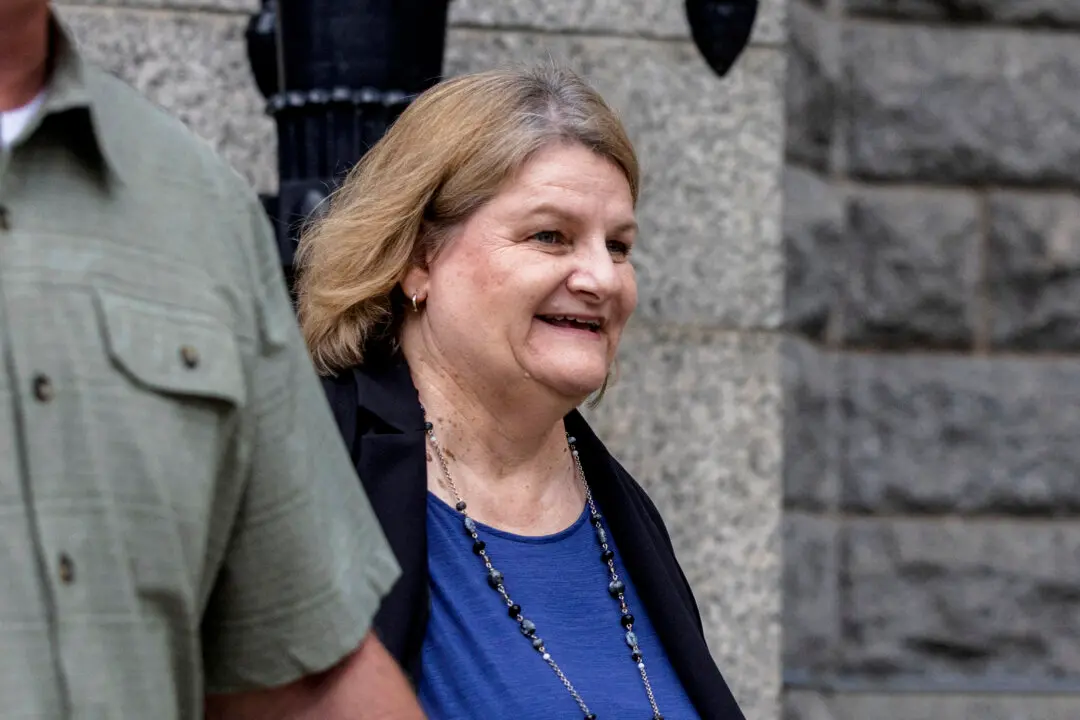WASHINGTON—The Supreme Court threw out an Obama-appointed judge’s nationwide injunction late on Sept. 11, clearing the way for President Donald Trump to enforce his asylum policy that requires some claimants to wait in Mexico for U.S. immigration processing.
The Trump administration policy withholds asylum from applicants who pass through a third country en route to the United States without first seeking asylum there. This policy is consistent with long-recognized norms for seeking asylum established by the Convention Relating to the Status of Refugees, which the United States honors.





